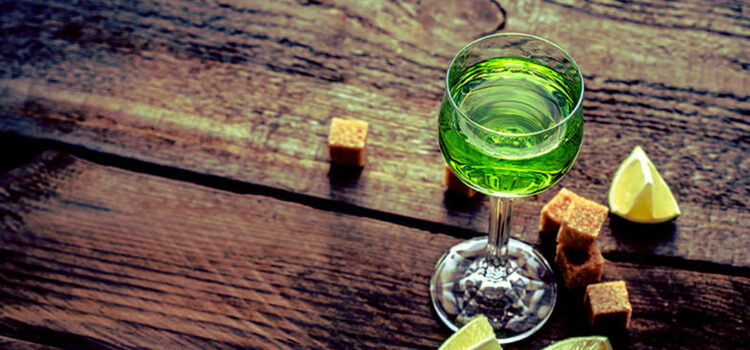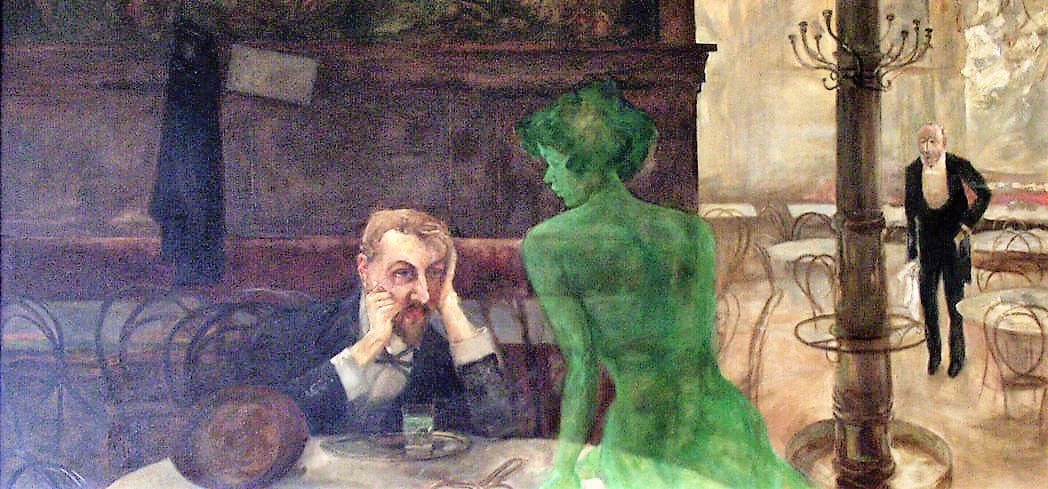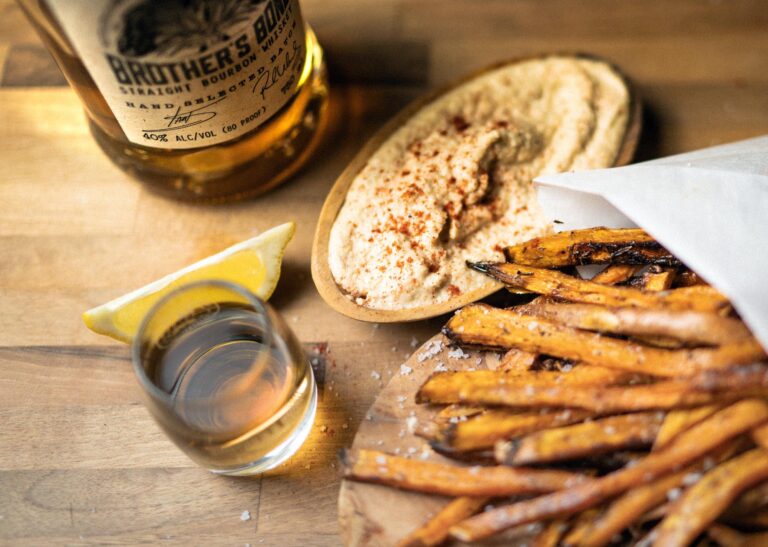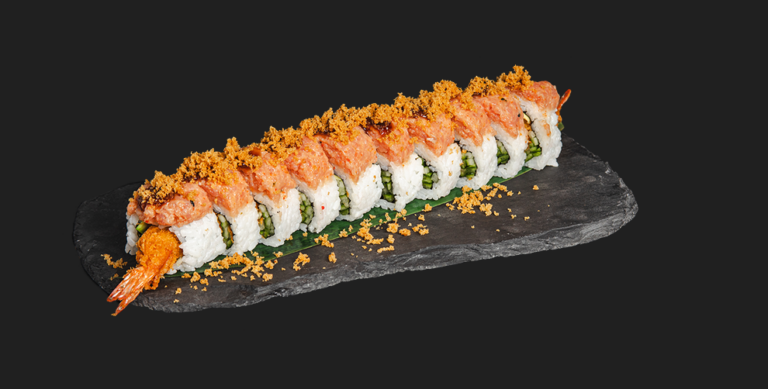All About Absinthe

The Allure of Absinthe
Paris, 1860, 5:00 pm, l’heure verte (the green hour). Thirty thousand cafés come to life as waiters trickle ice-water into glasses of emerald-green absinthe, causing the crystaline liquid to “louche” milky-white, and exude intoxicating aromas. Baudelaire sips while trading bons mots with Oscar Wilde. Lautrec cuts his with Cognac, his signature Tremblement de Terre, or Earthquake. Van Gogh adds turpentine, Picasso prefers cubes of sugar and ice and Poe dilutes his with tears.
by Jennifer Rosen, the “Cork Jester”
What is the Green Fairy?
Absinthe is a 150-proof spirit made with anise, fennel and wormwood. These and other herbs give the fabled Fée Verte (Green Fairy) her grassy color. When the chlorophyll dies, absinthe turns, like fallen leaves, to a dark amber hue. Although wormwood and its psychoactive ketone thujone are toxic in large amounts, absinthe contains very little. Less, for instance, than that other drink whose name is German for wormwood: vermouth. After 95 years (from 1912 to 2007), absinthe finally became legally available in the United States.
Mad About Wormwood
Once the province of the wealthy, by the late 1800s absinthe became cheap and plentiful. Meanwhile, a worldwide temperance movement was brewing. Big problem for France, where wine is considered both food and medicine for grown-ups and children alike. Wine producers were smarting from a root louse invasion that all but destroyed their industry and the ensuing shortage caused workers to substitute wine for absinthe. Except it’s five times stronger than wine.
The resulting wave of drunkenness mirrored the gin-soaked ghettos of England’s industrial towns. Compounding matters, absinthe was the choice of bohemians, a suspicious crowd if ever there was one. So the idea was hatched by an unlikely coalition of wineries and temperance crusaders: instead of banning alcohol, let’s just ban absinthe.
Driving the movement was Dr. Valentin Magnan, whose clinical studies indicated that absinthe caused hysteria, epilepsy and projectile excretion. He also noted a general decay in habitual users, a condition passed on to their offspring. He coined a syndrome: absinthisme. Someone might have pointed out that his studies were all on guinea pigs dosed with enormous amounts of pure wormwood. Or that the hereditary, decaying condition looked an awful lot like fetal alcohol syndrome and plain old drunkenness. Or that other effects like vomiting and vertigo came from illegal adulterants in cheaper bottlings. But something else happened that made the scourge all too obvious. In 1905, Swiss farmer Jean Lanfray brutally murdered his pregnant wife and two children, after having consumed one coffee laced with brandy, two crème de menthes, six glasses of Cognac, five liters of wine and two glasses of absinthe. It was enough to push the absinthe fear-mongering over the edge.
The Power of Ritual

Today, the allure that keeps absinthe in the drug-myth hall of fame is one shared by all self-respecting psychoactives: the ritual. Being a somewhat bitter concentrate, absinthe requires the addition of water and sugar. But you can’t just dump them in. The beauty is in how the oils precipitate, one at a time, releasing layer after layer of herbal aroma, “louche.”
The correct thing is to place two sugar cubes on a specially made slotted spoon. Then hold a pitcher of ice-cold water high and let it drip down ever so slowly onto the melting sugar cube. Go too fast, and you’ll release the oils all at once and ruin the effect.
If you’ve seen the movie Moulin Rouge, you might think you’re meant to light the sugar cube on fire. Don’t. The flammable liquid is likely to erupt in an eyebrow-searing inferno. Far from a tradition, this travesty was invented in the 90s by makers of cheap Czech Republic Absinth (sic), to make their ersatz product fashionable and a little less revolting. The Holy Grail for absinthe enthusiasts is the 100-year-old pre-ban bottle, which you can still obtain for a hefty sum. Good modern absinthe is not cheap, but a little goes a long way.
Once you’ve got a glass or two in you, you might want to practice your high-kicks. It’s only a matter of time for the can-can.




